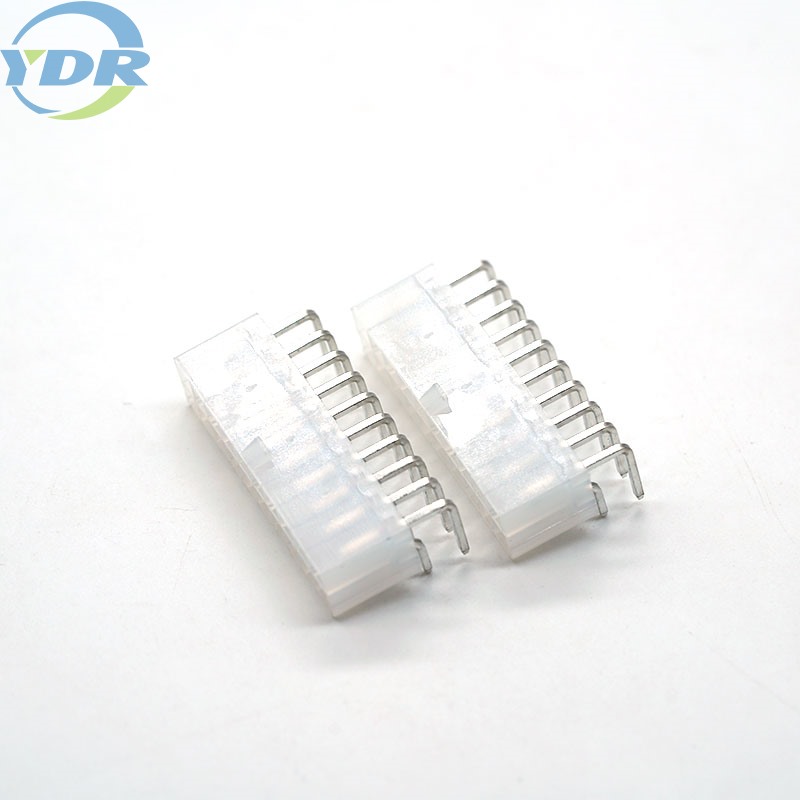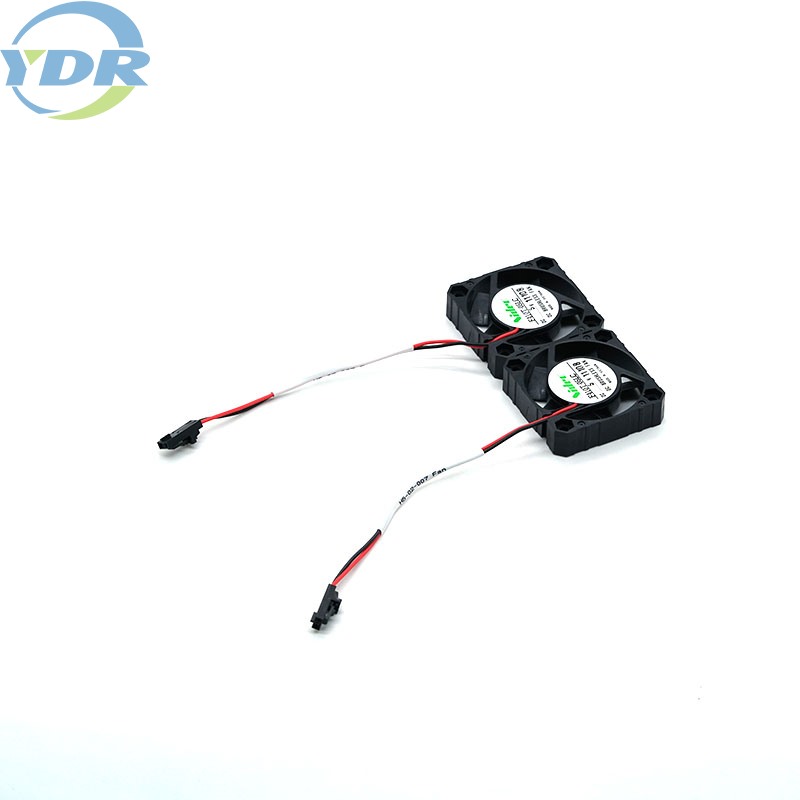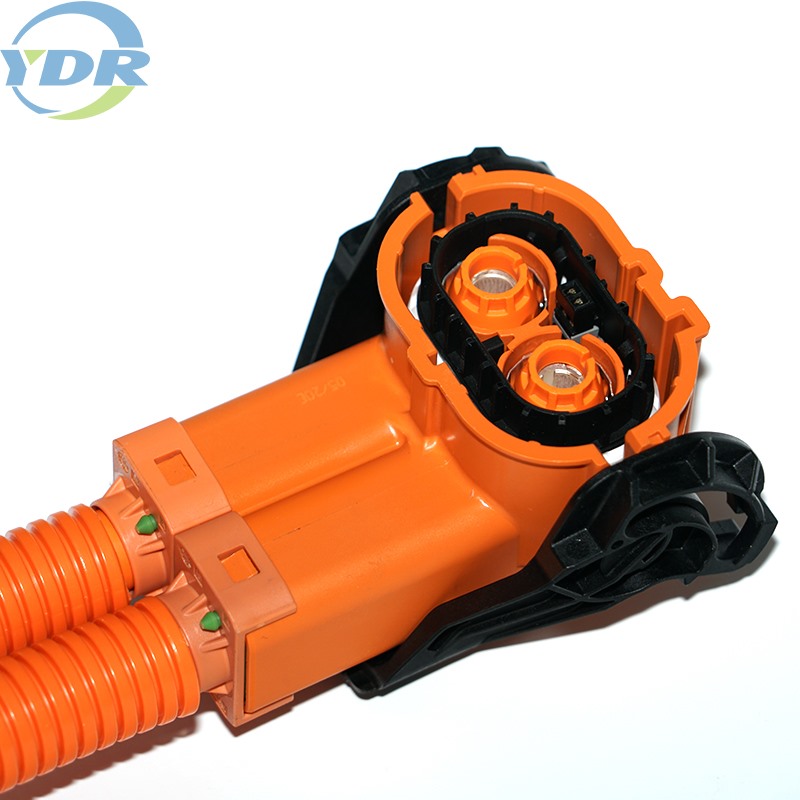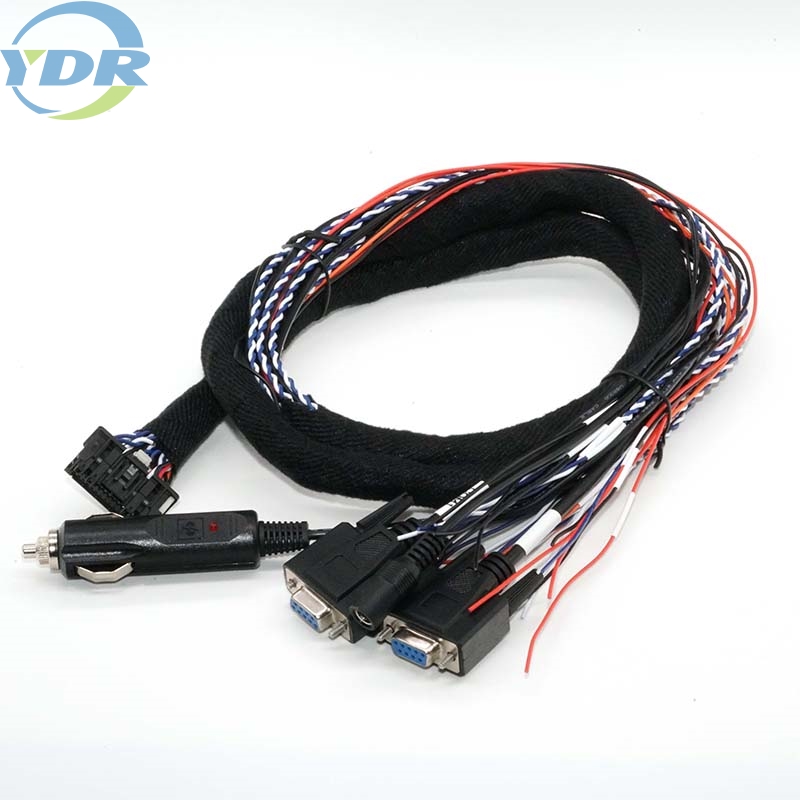Phương thức kết nối công nghiệptư nối
Industrial tư nốis are also called tư nốis and plugs. Its function is to connect two active components and act as a current and signal transmission function. With the changes in the application environment, tư nốis đã bắt nguồn từ nhiều phương pháp kết nối, mục đích là để thích ứng tốt hơn với môi trường hiện trường và đảm bảo truyền tín hiệu ổn định.
1. Kết nối ren
Đây là phương pháp kết nối truyền thống và sẽ rất hữu ích khi làm việc trong một số thành phần có kích thước lớn hơn hoặc trong môi trường có rung động mạnh. Ưu điểm của kiểu kết nối này là sử dụng đáng tin cậy, cáp được cố định nhờ ma sát của đai ốc và bánh răng. Nếu bạn thêm một cầu chì để ngăn chặn sự lỏng lẻo, hiệu quả sẽ tốt hơn. Nhược điểm là tốc độ tháo tương đối chậm, rút ren hơi tốn điện, tốn thời gian.
2. Kết nối Bayonet
Đây là hình thức kết nối có thể kết nối và ngắt kết nối nhanh chóng. Nó thường được sử dụng để kết nối hai thành phần điện đơn giản.Kết nốithat are connected by a snap-in type will mark the correct snap-locking direction at the buckle. The user can observe whether the buckle is installed in the small hole on the side of the tư nối nut.
3. Cắm kết nối
The plug-in connection method is a commonly used connection method. The plug and socket of the tư nối can be connected and separated by moving in the horizontal direction. No twisting and optional installation are required, and the connection can be completed in a short time. And separation. The common plug connection has two structures: ball and pin. This connection method saves the traditional mechanical locking mechanism, so once the tư nối is inserted by mistake, it is very difficult to pull it out.
4. Kết nối tủ
Nó dựa trên phương thức đấu nối điện là gần khung và cần nối mù với thiết bị. Sử dụng phương pháp này có thể làm cho thiết bị điện rất nhẹ và nhỏ. Mỗi đơn vị có thể hoạt động độc lập với nhau, dễ bảo trì hơn và có độ tin cậy cao hơn. Vì người vận hành chế độ kết nối này không thể cảm nhận được kết nối, nên phải có một thiết bị định vị chính xác để hỗ trợ kết nối thông suốt. Thường sử dụng tiếp điểm nổi hoặc thiết kế lò xo để đảm bảo kết nối chính xác của nó.
5. Kết nối hàn
Soldering connection refers to the formation of continuous metal between the solder and the surface to be soldered. Therefore, the prerequisite for the tư nối is to have solderability. The common plating on the soldering end of the tư nối includes metals such as tin alloy, silver and gold. The reed type contact has the welding piece type, the punching welding piece type and the notched welding piece type for the common welding end: the pinhole contact has a drilling arc notch for the common welding end.
6. Xỏ kết nối
Kết nối xuyên còn được gọi là kết nối dịch chuyển cách điện. Nó có các đặc điểm của độ tin cậy cao, chi phí thấp và sử dụng thuận tiện. Nó đã được sử dụng rộng rãi trongtư nốis in the printing industry. It is suitable for interconnection between ribbon cables. It is not necessary to puncture the insulation layer of the cable when connecting. The tip of the "U"-shaped contact spring of the tư nối is used to pierce the insulation layer, so that the conductor of the cable slides into the concave groove of the tư nối and is fixed, so that the cable and The tư nốisđang liên hệ chặt chẽ.
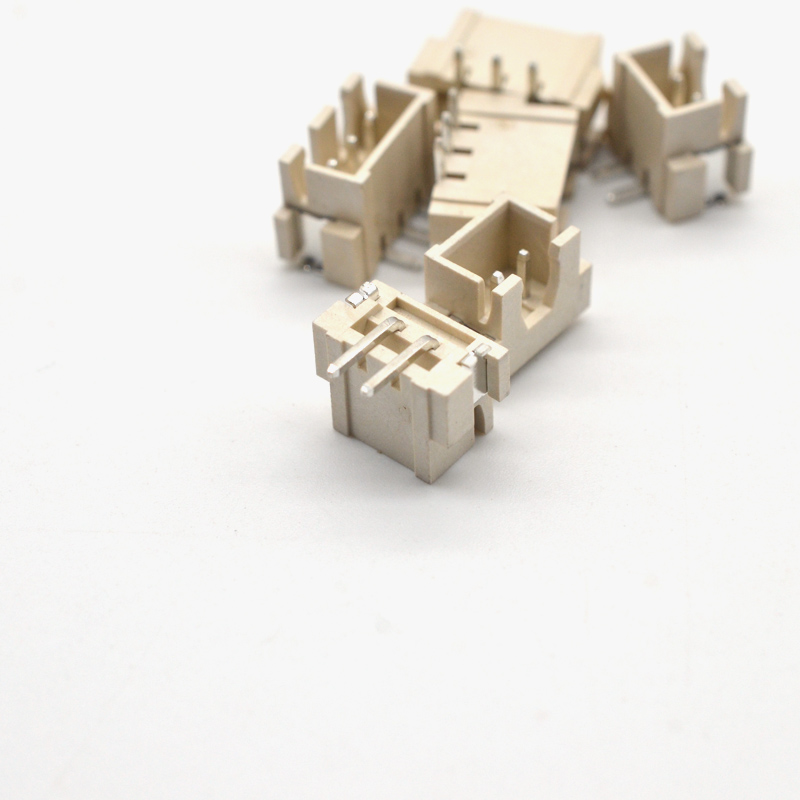
 English
English  Español
Español  Português
Português  русский
русский  Français
Français  日本語
日本語  Deutsch
Deutsch  tiếng Việt
tiếng Việt  Italiano
Italiano  Nederlands
Nederlands  ภาษาไทย
ภาษาไทย  Polski
Polski  한국어
한국어  Svenska
Svenska  magyar
magyar  Malay
Malay  বাংলা ভাষার
বাংলা ভাষার  Dansk
Dansk  Suomi
Suomi  हिन्दी
हिन्दी  Pilipino
Pilipino  Türkçe
Türkçe  Gaeilge
Gaeilge  العربية
العربية  Indonesia
Indonesia  Norsk
Norsk  تمل
تمل  český
český  ελληνικά
ελληνικά  український
український  Javanese
Javanese  فارسی
فارسی  தமிழ்
தமிழ்  తెలుగు
తెలుగు  नेपाली
नेपाली  Burmese
Burmese  български
български  ລາວ
ລາວ  Latine
Latine  Қазақша
Қазақша  Euskal
Euskal  Azərbaycan
Azərbaycan  Slovenský jazyk
Slovenský jazyk  Македонски
Македонски  Lietuvos
Lietuvos  Eesti Keel
Eesti Keel  Română
Română  Slovenski
Slovenski  मराठी
मराठी  Srpski језик
Srpski језик 

